Peyote Critical
Cannabinoid THC Dominant
THC 19.25 - 21.88%
CBD 0.29 - 0.62%
Effect Tingly
Side Effect Low blood pressure
Flavor Blueberry
Peyote Critical Strain Information
THC
CBD
Potency
The Peyote Critical strain is an exclusive Indica hybrid known for its excellent characteristics and unique taste. Produced by crossing Peyote Purple and Critical Kush, this plant has elite genetics and is distinguished by the notorious power and brilliant flavor with intense sweet undertones. The potency of cannabis relies on its high THC content, which amounts to 19.25-21.88%. The CDB level is 29-0.62%. This makes it a real find for skilled smokers who are looking to experience a strong euphoric onset. Along with the THC, this weed abounds in other cannabinoids that are as follows:
- CBC 0.29-0.46%
- CBG 0.12-0.46%
- CBN 0.16-0.26%
- THCV 0.27-0.44%
Peyote Critical Appearance and Aroma
This weed packs a delightful combo of aromas. It relieves the sweet taste of berries, blueberry, and mango and is accentuated by wood and coffee tones brought by the geraniol terpene. Enhancing the unique taste of the bouquet is pinene that brings in a vanilla scent, and myrcene that gives the blend the pungent spiciness.
Due to plant genetics, it grows quite dense. The buds form on rather thick stems and will please the gardener’s eye with bright green color. That said, be aware that a low-temperature environment may affect the coloring of buds and give them slightly purple or blue hints.
The Effects of the Strain
The Peyote Critical is recommended for those consumers who seek to enhance their productivity. In addition to its powerful energy lift that often comes accompanied by tingly sensations, this weed delivers a pleasant, relaxing meditative effect. Not only does it bring users into a peaceful state of mind, but it can also induce the desire to make something by hand and help keep them focused longer.
Thanks to the strain effects, it also works wonders in fighting depression, panic attacks, and anxiety. In addition to that, it can be used to treat the following health conditions:
- Loss of appetite
- Stress
- Fatigue
- Muscle crumpets
- Pain
- Glaucoma
- Insomnia
- Hypertension
- Bipolar disorder
Although the potency of the Peyote Critical strain is higher above the average, it rarely causes negative reactions. The most common side effects registered in sensitive people after smoking this weed are:
- Thirstiness and dry mouth
- Hunger
- Low blood pressure
Information for Growers
Due to its auto-flowering genetics, this cannabis is the go-to choice for beginning cultivators, reproducing good yields both indoors and in a greenhouse. It has a flowering time of 58 to 69 days and bursts into bloom in 74 days, yielding from 1-2 Oz when grown indoors and up to 10-15 Oz when grown in the open air. The height of the grown varies from 30” to 60”.
Side Effects
Simply let us know how this strain tastes or write a detailed review.
Peyote Critical Strain Cannabinoids
| THC | Tetrahydrocannabinol, or THC, is a major cannabis chemical compound. It is a psychoactive element that stimulates dopamine release and induces euphoria or happiness. THC-rich strains may be helpful with such conditions as lack of appetite, chronic pains , etc. It is considered to be the primary active marijuana component. | 19.25 - 21.88% |
| CBD | Cannabidiol, or CBD, is a major compound in cannabis, which is non-psychoactive. It is also proved to counteract the side effects of the second major component THC. CBD is widely used for medicinal purposes in rubs, oils and so on. It is helpful in muscle pain cases, may treat arthritis and migraines. Even Greeks used it against pain, while Queen Victoria applied it to get rid of menstrual cramps. | 0.29 - 0.62% |
| CBC | Cannabichromene, or CBC, is a minor cannabinoid, meaning that its quantity in cannabis is quite little. Though it has the same origin as CBD and THC, it is different in functions. Without any psychoactive effects, it is an efficient cannabis compound in combating acne and depression. CBC produces analgesic, antibacterial and anti-inflammatory effects. | 0.29 - 0.46% |
| CBG | Cannabigerol, or CBG, is one of the minor cannabis compounds in adult plants. On the other hand, young ones contain a lot of this antibacterial and anti-inflammatory component. During the growth, CBG is converted into different cannabinoids, mostly THC and CBD. The compound itself increases appetite and decreases eye pressure. | 0.12 - 0.46% |
| CBN | Cannabinol, or CBN, is a trace element in cannabis that is considered to be mildly psychoactive. It appears from oxidation THC, exposed to light and heat. CBN is mostly contained in old cannabis and in traditional hashish. It is effective against insomnia, bacterial infections and appetite loss. | 0.16 - 0.26% |
| THCV | Tetrahydrocannabivarin, or THC-V, is a compound contained in cannabis in trace amounts. Even though it is close to THC molecularly, it is different in effects. This compound may be psychoactive only in large amounts. THC-V reduces blood sugar, controls appetite, stimulates bone growth, etc. African Sativa strains are the richest in THC-V. | 0.27 - 0.44% |
Peyote Critical Terpene Profile
| Pinene | Pinene is one of the most widespread terpenes in nature, found in pine trees, basil, nutmeg, parsley, and rosemary. Cannabis containing terpene (alpha-pinene or α-pinene) boasts a strong pine scent. Pinene is responsible for anti-inflammatory, pain-relieving, and anti-anxiety effects. | 0.19% |
| Myrcene | Myrcene (also known as β-myrcene) is one of the most common terpenes found in cannabis, representing more than 20% of the modern marijuana terpene profile. Myrcene has a distinct earthy, musky flavor, resembling cloves. It is responsible for calming and soothing effects of weed. Myrcene is also found in hops, thyme, mango, lemongrass, guava melon. | 0.15% |
| Ocimene | Ocimene (derived from the Ancient Greek word Ocimum meaning basil) is a terpene with sweet and herbaceous flavors, also boasting citrusy and woody undertones. Naturally, ocimene occurs in mint, parsley, orchids, hops, kumquats, mangoes, basil, bergamot, lavender, and pepper. Offers antifungal, anti-inflammatory, and antiviral properties. | 0.01% |
| Geraniol | Geraniol is a terpene initially contained in geraniums, as well as lemongrass, lemon peels, roses, blueberries, and carrots. The aroma is a sweet rose scent with notes of citrus. Geraniol features anti-inflammatory, antibacterial, antifungal, and neuroprotectant properties. It's rumored to have side effects such as allergic contact dermatitis or sensitive skin irritation. | 0.35% |
| Humulene | Humulene (also known as α-humulene) is one of the major terpenes found in cannabis, contributing to woody, earthy, spicy, herbaceous, and, mainly, floral aromas of cannabis. Used in modern medicine, humulene offers anti-inflammatory, antibacterial, and appetite suppressant effects, which have been well-researched by pharmaceutical companies. | 0.08% |
| Limonene | Limonene (also known as d-limonene) is the second most common terpene in nature and the third most common terpene in cannabis. It has a powerful citrus aroma and can be found in all citruses, including lemons, oranges, grapefruits, limes, juniper, etc. Limonene is known to elevate moods and provide anxiety, depression, and stress relief. | 0.09% |
| Linalool | Linalool (also known as beta linalool, linalyl alcohol, linaloyl oxide, and p-linalool) is one of the rarest terpenes found in cannabis, mostly in small quantities. Linalool is known for its spicy and lavender aroma, bringing relaxation and calming effects. It is also said to provide anti-inflammatory and analgesic properties that can be useful for athletes. | 0.04% |
| Terpinolene | Terpinolene is one of the most common terpenes found in cannabis; however, It's usually presented in small quantities. Is responsible for piney, floral, herbaceous, and even a little bit citrusy aroma of cannabis. Terpinolene can be found in lilacs, nutmeg, and cumin. In cannabis, terpinolene contributes to the sensation of "freshness." Has the potential to reduce the risk of heart diseases. | 0.01% |
| Caryophyllene | Caryophyllene (also known as beta or b caryophyllene) is a terpene found in many herbs and spices, such as black pepper, basil, rosemary, and oregano. Cannabis high in caryophyllene delivers a strong spicy, peppery aroma, resembling cinnamon and cloves. Caryophyllene offers potent anti-inflammatory and sedative effects. | 0.08% |
| Total terpenes content | 1.00% |
Growing Info
Peyote Critical strain lineage
Similar Strains
THC 11.58 - 15.58%
CBD 0.02 - 0.29%
Effect Happy
Flavor Berry
THC 20 - 23%
CBD 0.66 - 0.79%
Effect Happy
Flavor Butter
THC 16.5 - 19%
CBD 0.27 - 0.44%
Effect Tingly
Flavor Spicyherbal
THC 18.75 - 20.75%
CBD 0.37 - 0.68%
Effect Happy
Flavor Spicyherbal
THC 10.25 - 11.5%
CBD 0.02 - 0.49%
Effect Giggly
Flavor Tree fruit
THC 19.12 - 20.52%
CBD 0.64 - 5.56%
Effect Relaxed
Flavor Sweet
THC 2 - 6%
CBD 24 - 24.1%
Effect Tingly
Flavor Strawberry
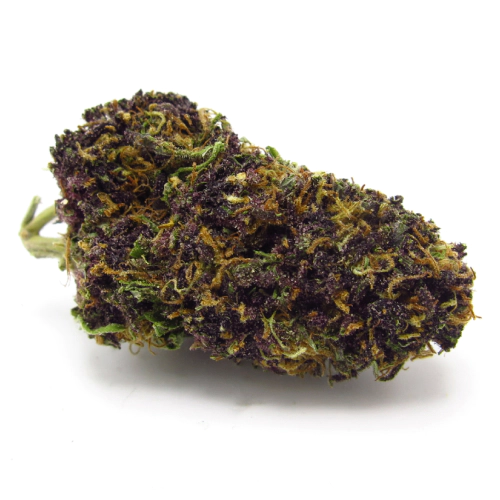
THC 16.9 - 19.5%
CBD 0.27 - 0.38%
Effect Relaxed
Flavor Sweet
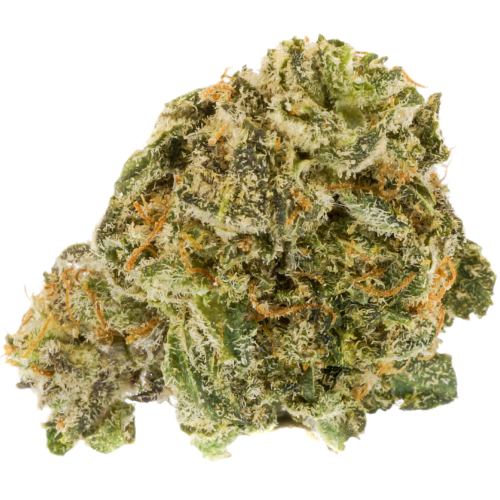
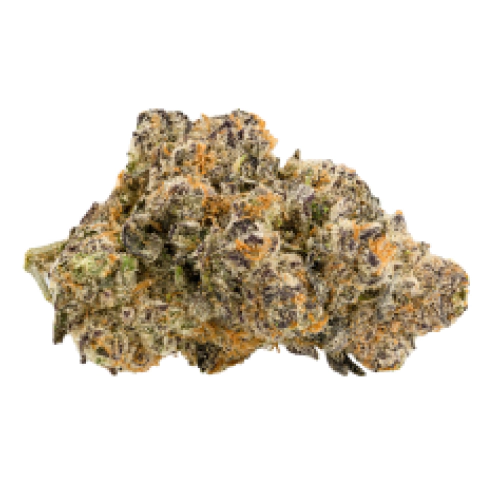
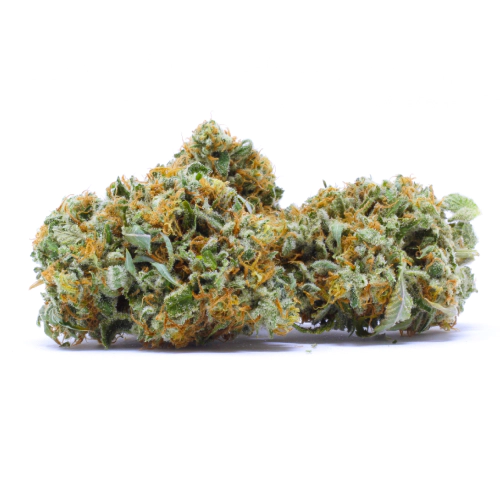
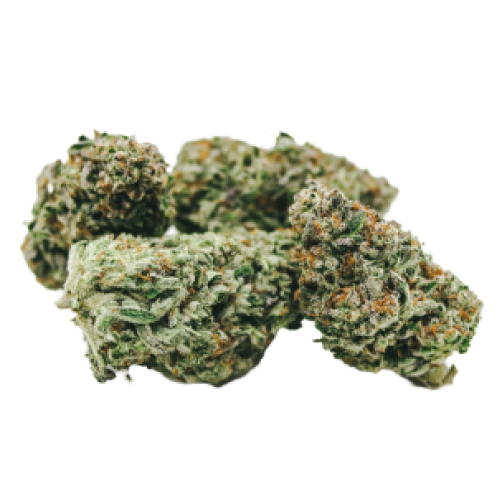
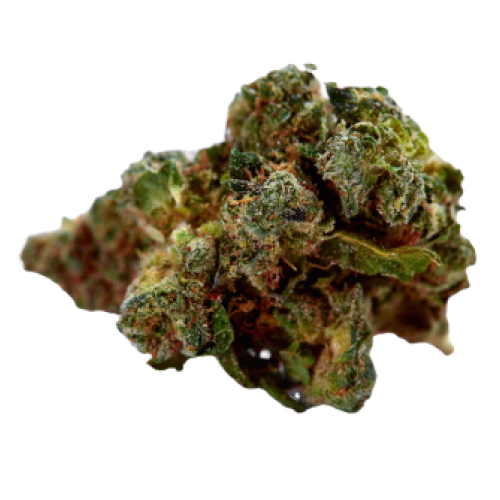
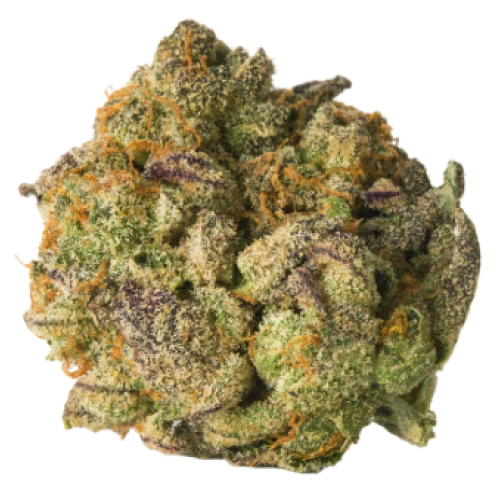
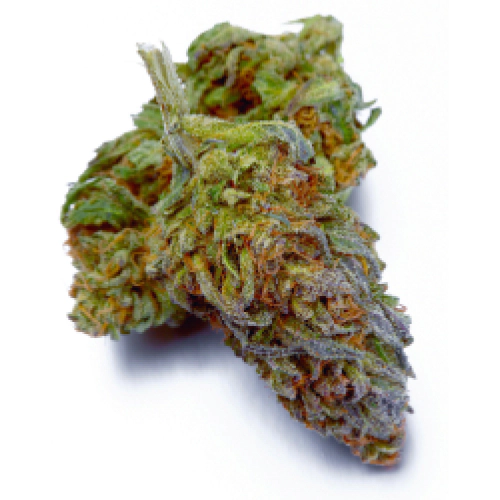
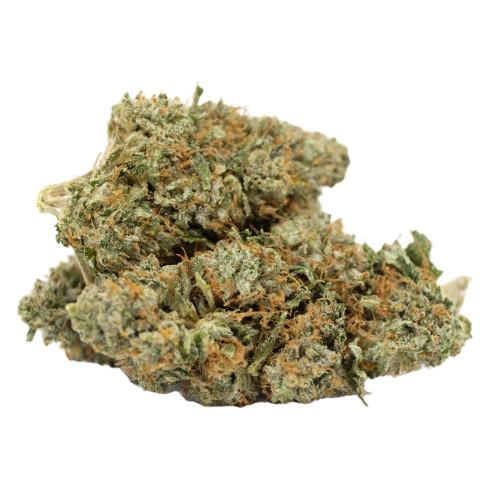
Be the first and share your opinion
Write a Review